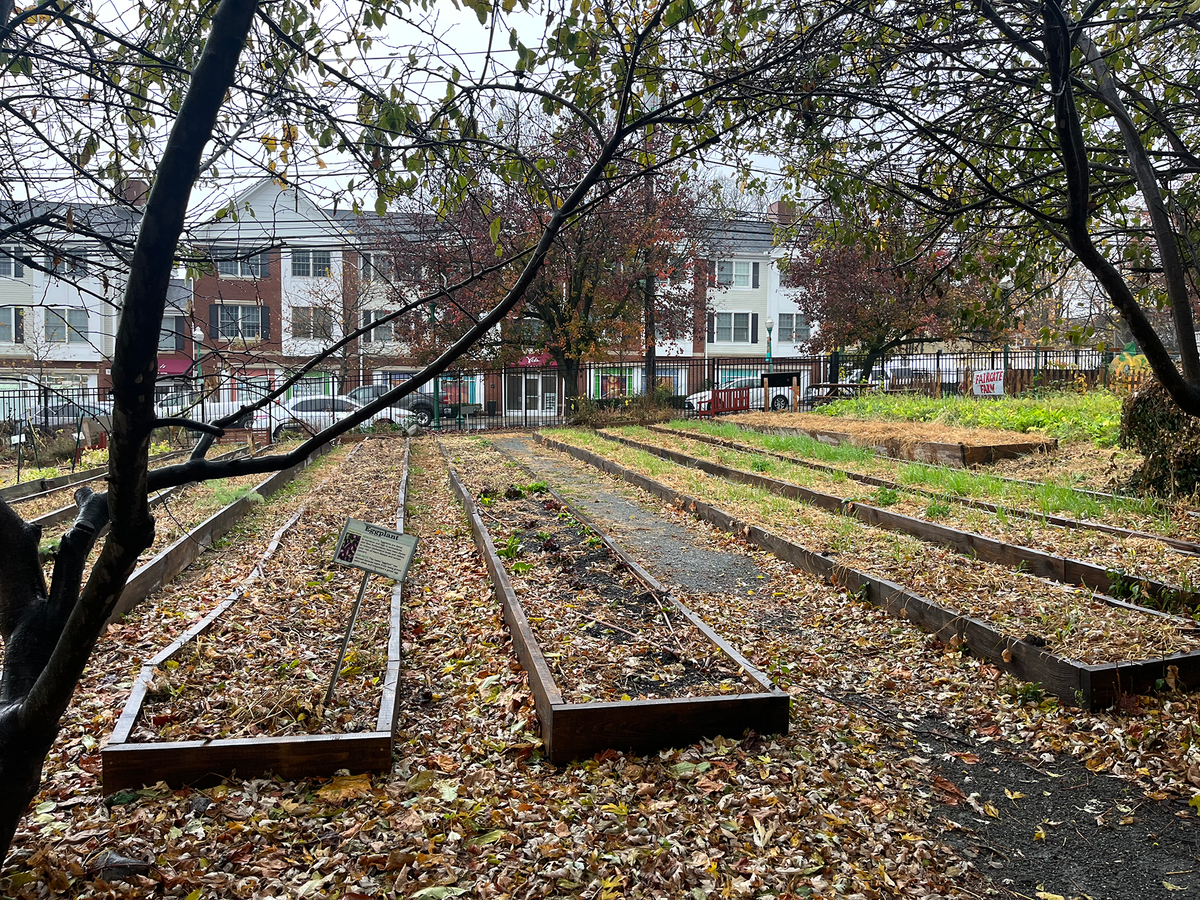The Impact of Food Insecurity and Food Deserts in Lower Fairfield County
Food insecurity and food deserts are two challenges many residents in Lower Fairfield County face.

“In Bridgeport, one in three people do not know how they’re going to eat this week and it’s terrible,” Rev. Sara Smith, the senior minister of the United Congregational Church of Bridgeport and founder of nOURish Bridgeport, a nonprofit that works to address food insecurity and scarcity in the city.
But the people served by nOURish Bridgeport aren’t alone in struggling with food insecurity in our region. Across Fairfield County, about 12% of residents experienced food insecurity, according to a 2023 report from DataHaven, but those percentages varied quite a bit by location and demographics. Just 7% of white residents and 7% of Asian residents reported food insecurity, compared to 25% of Black residents and 23% of Latino residents.
Looking closer at the three major cities in our area, these municipalities reported the highest levels of food insecurity in our region.
In Bridgeport, about 30% of residents reported food insecurity, with Black and Latino residents reporting higher levels—30% and 35%—than white and Asian residents, at 20% and 5% respectively, according to the city’s 2023 equity profile from DataHaven.
In Stamford, about 11% of residents reported food insecurity, with Black and Latino residents reporting higher levels—18% a piece—than white and Asian residents, at 6% and 4% respectively, according to the city’s 2023 equity profile from DataHaven.
In Norwalk, about 10% of residents reported food insecurity, with 17% of Black residents and 16% of Latino residents saying they experienced food insecurity compared to 7% of white residents, according to the city’s 2023 equity profile from DataHaven.
What happens when residents are food insecure and have limited access to healthy options?
According to the Food Bank of Lower Fairfield County, a family of four needs to make at least $100,603 per year to avoid food insecurity. For residents making the minimum wage of $15 an hour, two adults who worked eight hours a day for seven days a week would combine to make $85,680.
Lutonya Russell-Humes, the vice president for grants and programs at Fairfield County's Community Foundation, said at the “A Tale of Two Counties” event that food insecurity and a lack of access to healthy foods go hand in hand.
“We can talk about food insecurity—when I have less money to spend on food, I may be full but am I eating food that is helpful and nourishing for my body?” she said.
Relying on fast food and junk food can lead to additional health problems, such as obesity and heart disease. Some of the areas in southwest Connecticut with the high levels of these health issues are also in places that are food deserts. For example, in Bridgeport, the average life expectancy is 70 years old, according to the 2019 Data Community Wellbeing Index, while the life expectancy in nearby Westport was 89.
Kelley Tomlinson, a health educator with the Norwalk Health Department, said eating healthier can help prevent chronic diseases, so they’re always encouraging residents they work with to choose the healthier option—such as choosing canned or frozen vegetables when fresh isn’t an option.
“There are avenues to still eat healthy while respecting one's budget,” she said. “Ultimately, it comes down to the prevention of chronic disease—that’s really the big push we do at the health department, that prevention and promotion work.”
Tomlinson also noted that some people are hesitant to ask for help when it comes to being food insecure, something she and the health department are working to destigmatize.
“I think the more that we talk about food and making sure people have not just access to food, but actually access to nutritious food, is something that I personally feel that should be talked about more—people need food every day to live,” she said. “With the price of food going up, it's a problem that's impacting everybody.”



